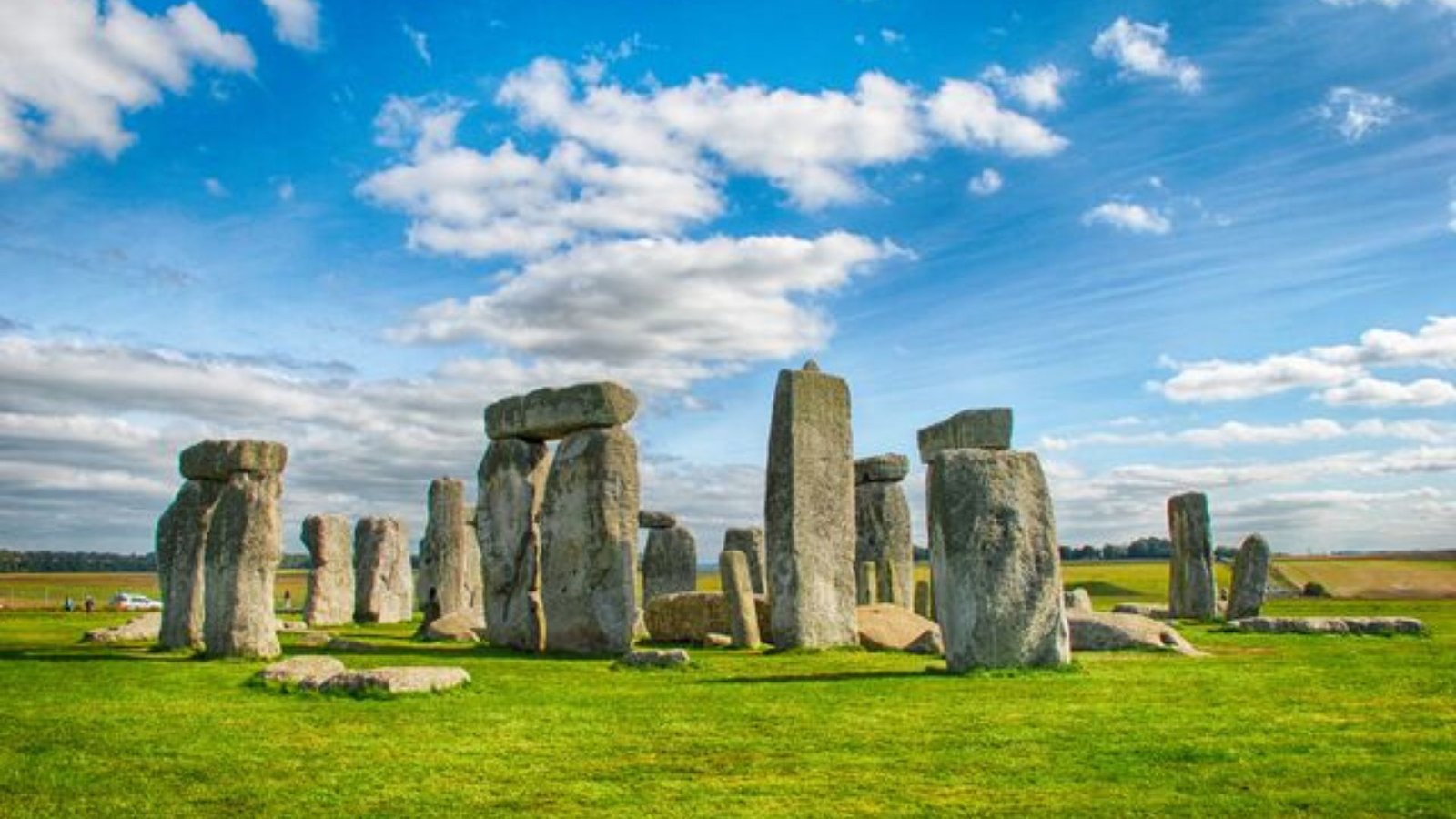Custom Itineraries for Self-Guided Tours
Crafting a custom itineraries is one of the most enticing aspects of embarking on a self-guided tour. Unlike guided tours that follow predetermined schedules, self-guided tours offer the freedom to design a travel experience that aligns perfectly with your interests, pace, and desires. Whether you’re exploring historical landmarks, delving into local cuisine, or seeking outdoor adventures, customizing your itinerary allows you to maximize enjoyment and create unforgettable memories. Here’s how you can design a personalized travel adventure with self-guided tours:

Identify Your Travel Goals and Interests
The first step in creating a custom itineraries is to identify your travel goals and interests. Consider what excites you the most about your destination—whether it’s history, art, nature, food, or cultural immersion. Prioritize experiences that align with your passions and make a list of must-see attractions or activities you wish to include in your itinerary. This initial planning phase sets the foundation for designing a travel experience that resonates with your personal preferences.
Research Destinations and Attractions
Thorough research is essential for designing a successful self-guided tour itinerary. Dive deep into destination guides, travel blogs, and online resources to uncover hidden gems, local insights, and practical travel tips. Look beyond popular tourist attractions to discover off-the-beaten-path destinations that offer unique experiences. Consider factors such as opening hours, admission fees, and seasonal considerations when planning your visits to ensure a smooth and enjoyable journey.
Plan Your Daily Schedule
Once you’ve identified key attractions and activities, it’s time to plan your daily schedule. Allocate sufficient time for each location or experience, taking into account travel time between destinations, meal breaks, and opportunities for relaxation. Balance your itinerary to include both must-see landmarks and leisurely explorations, allowing flexibility for spontaneous discoveries along the way. Consider starting early in the day to avoid crowds at popular attractions or planning evening activities to capture stunning sunsets or enjoy local nightlife.
Utilize Mapping and Navigation Tools
Effective navigation is crucial for navigating unfamiliar terrain during self-guided tours. Utilize mapping and navigation tools, such as GPS devices, mobile apps, or offline maps, to plot your route and navigate between attractions seamlessly. Familiarize yourself with local transportation options, walking routes, and landmarks to optimize your travel efficiency and minimize time spent navigating. These tools empower you to explore confidently while maximizing your exploration time.
Budget Management and Financial Planning
Managing your budget effectively is essential when crafting a custom itinerary for self-guided tours. Estimate costs for accommodation, transportation, meals, entrance fees, and other expenses based on your travel preferences and financial resources. Research budget-friendly options for accommodations and dining without compromising on quality or comfort. Allocate a contingency fund for unexpected expenses or spontaneous activities that enhance your travel experience. By planning ahead and budgeting wisely, you can enjoy a fulfilling travel adventure without financial stress.
Embrace Spontaneity and Flexibility
While planning is essential, leave room in your itinerary for spontaneity and flexibility. Embrace the freedom to adjust your plans based on local recommendations, weather conditions, or serendipitous encounters along the way. Allow yourself to deviate from your itinerary to explore intriguing side streets, attend impromptu cultural events, or extend your stay in a captivating destination. These spontaneous moments often lead to the most memorable travel experiences and enrich your journey with unexpected discoveries.
Cultural Immersion and Local Experiences
Immerse yourself in local culture and traditions by incorporating authentic experiences into your custom itinerary. Participate in cooking classes, artisan workshops, guided tours led by locals, or cultural festivals to gain insights into the destination’s heritage. Engage with residents, try regional delicacies, and explore neighborhood markets to deepen your understanding of the local way of life. By actively participating in cultural activities, you contribute to the preservation of traditions and forge meaningful connections with the communities you visit.
Reflect and Capture Memories
As you embark on your self-guided tour adventure, take time to reflect on your experiences and capture cherished memories. Journaling your thoughts, taking photographs, or keeping a travel blog allows you to document your journey and preserve moments that resonate with you. Share your travel stories with friends and fellow travelers to inspire others and relive the excitement of your custom itinerary. Reflecting on your adventures enhances gratitude and appreciation for the diverse cultures and landscapes you’ve encountered, enriching your personal growth through travel.
Designing a custom itinerary for self-guided tours empowers you to create a travel experience that reflects your unique interests, preferences, and aspirations. Whether you’re exploring solo, with family, or in a small group, embrace the freedom to tailor your journey and embark on a transformative adventure filled with discovery, learning, and unforgettable moments.

















